We might want to start looking for life near black holes and not just stars.
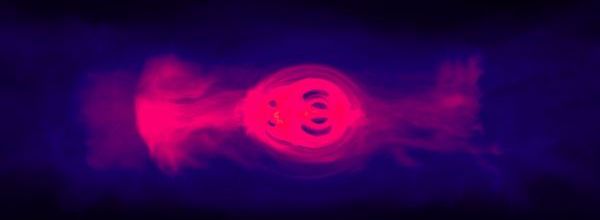

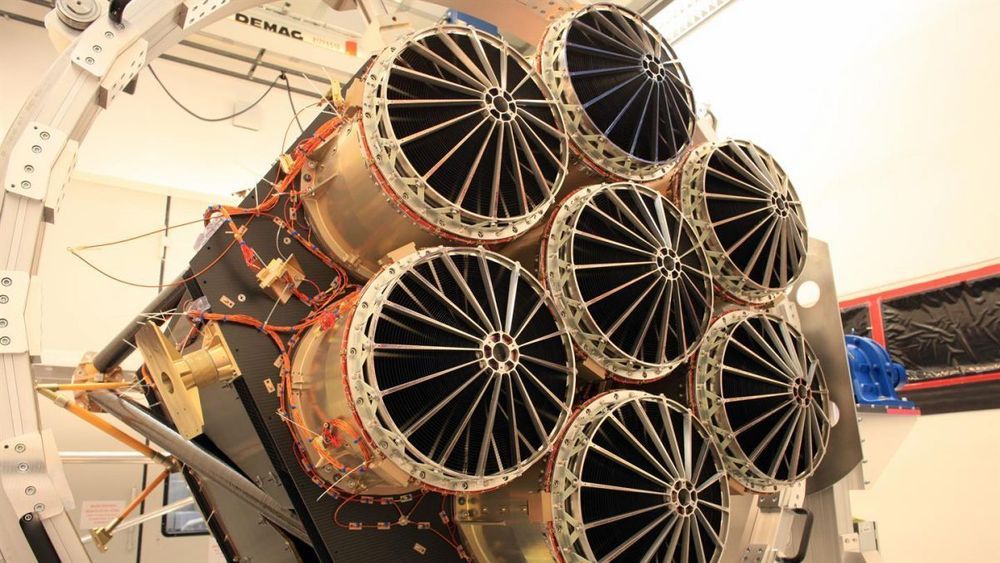
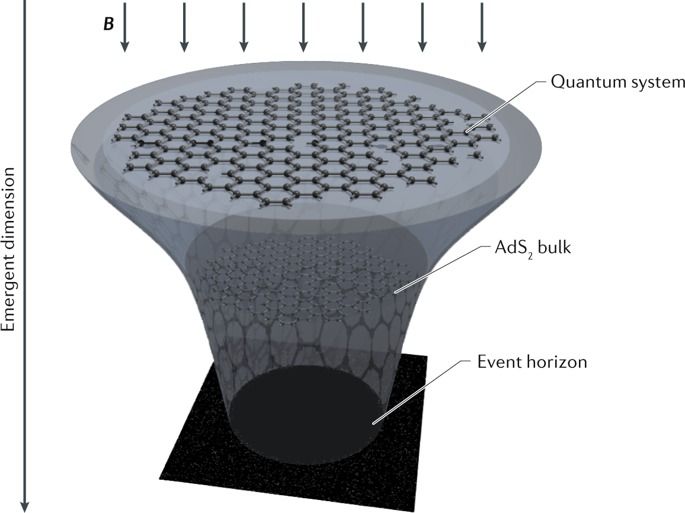
:0000000 imagine a ship covered in blackhole metal :3
Holographic quantum matter exhibits an intriguing connection between quantum black holes and more conventional (albeit strongly interacting) quantum many-body systems. This connection is manifested in the study of their thermodynamics, statistical mechanics and many-body quantum chaos. In this Review, we discuss these connections, focusing on the most promising example of holographic quantum systems to date – the family of Sachdev–Ye–Kitaev (SYK) models. The SYK models are simple quantum mechanical models that have the potential to holographically realize quantum black holes. We examine various proposals for the experimental realizations of SYK models, including ultracold gases, graphene flakes, semiconductor quantum wires and 3D topological insulators. These approaches offer the exciting prospect of accessing black hole physics and thus addressing many important questions regarding quantum gravity in the laboratory.
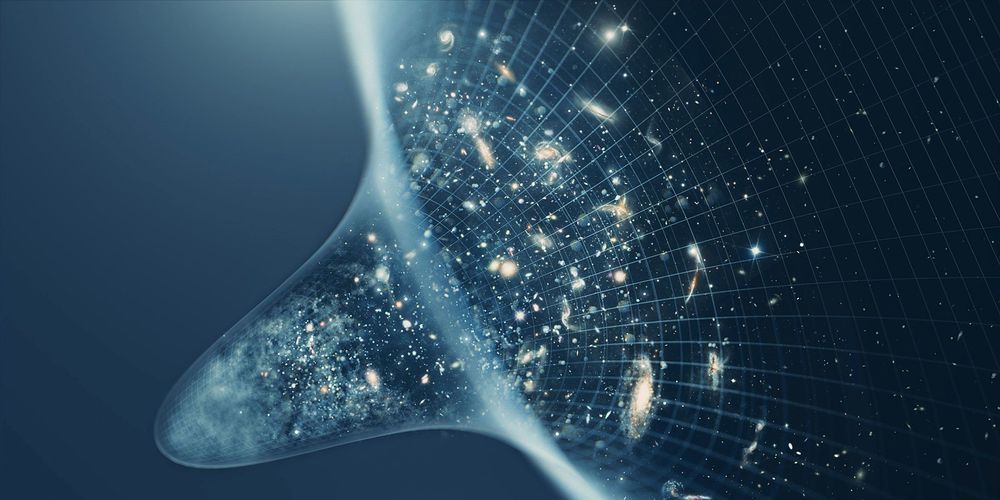

From the synapses that connect billions of neurons in the brain to the filaments of dark matter that link galactic superclusters, there’s a fractal reiteration across the magnitude of scales akin to the Mandelbrot fractal set. The mathematics behind the Mandelbrot set, which is derived from a very simple underlying formula, makes me think that its intricate fractal chaos and stunningly beautiful design can’t help but leave a feeling that there’s something larger than life going on here, that you are staring right at some ineffable cosmic mystery. https://www.ecstadelic.net/top-stories/ubiquity-of-patterns-in-nature #patterns #fractals #fractality #SyntellectHypothesis #FiveParadigms #MindsEvolution #FractalPatterns #EmergentPatterns #AsAboveSoBelow #UbiquitousPatterns #FractalGeometry #SacredGeometry #MandelbrotSet #MTheory #MultiFractality
In Nature, we find patterns, designs and structures from the most minuscule particles, to expressions of life discernible by human eyes, to the greater cosmos. These inevitably follow geometrical archetypes, platonic solids, some call it sacred geometry, which reveal to us the essence of each form and its vibrational resonances. They are also symbolic of the underlying holistic principle of inseparability of the part and the whole.
It is this principle of oneness underlying all geometry that permeates the architecture of all form in its myriad diversity. This principle of interconnectedness, inseparability and unity provides us with a continuous reminder of our relationship to the whole, a blueprint for the mind to contemplate the sacred foundation of all things created.

Russia’s beleaguered space science program is hoping for a rare triumph this month. Spektr-RG, an x-ray satellite to be launched on 21 June from Kazakhstan, aims to map all of the estimated 100,000 galaxy clusters that can be seen across the universe. Containing as many as 1000 galaxies and the mass of 1 million billion suns, the clusters are the largest structures bound by gravity in the universe. Surveying them should shed light on the evolution of the universe and the nature of the dark energy that is accelerating its expansion.
Spektr-RG x-ray mission will be nation’s only space observatory.
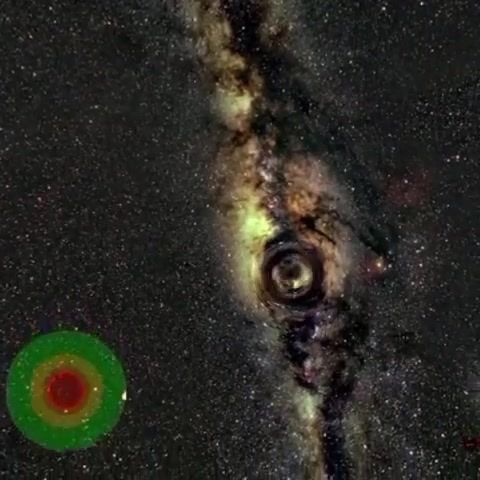
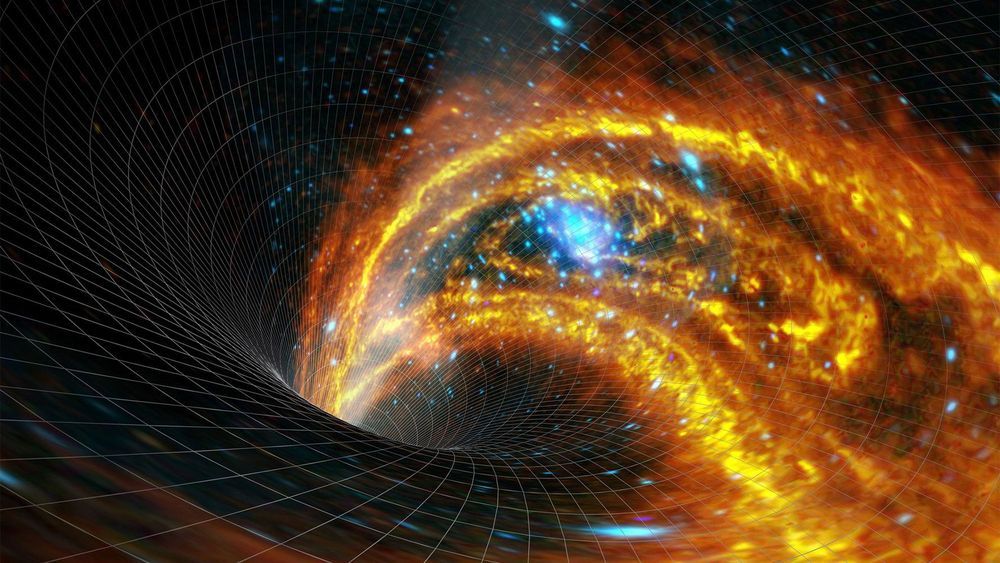
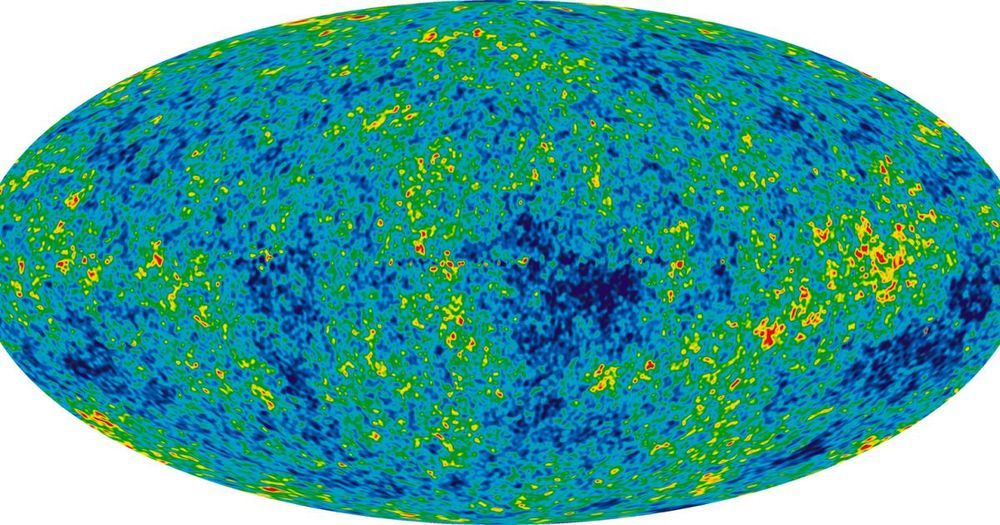

Dark matter is a hypothetical invisible mass, which is responsible for the force of gravity among galaxies and other celestial bodies. Although researchers don’t have any concrete information about this puzzling entity, they did come up with a number of intriguing theories about this enigmatic mass. Following is a list of 5 dark matter theories that are quite interesting.
WIMPs are hypothetical particles that are thought to constitute dark matter. These heavy, electromagnetically neutral subatomic particles are hypothesized to make up 22% of the entire universe. They are thought to be heavy and slow-moving because if the dark matter particles were light and fast, they would not have clumped together in the density fluctuations from which galaxies and clusters of galaxies are formed. The precise nature of these particles is currently unknown and they do not abide by the laws of the Standard Model of Particle Physics.
Axions are believed to be neutral, slow-moving particles that are a billion times lighter than electrons. They rarely interact with light and this behavior has urged scientists to believe that Axion could be a building block of the dark matter. An attempt to detect these particles was made in April 2018 by the physicists from the University of Washington. The main idea of this theory suggests that if axions are constantly dashing towards Earth, powerful magnets may be able to convert some of the axions into microwave photons, which are easier to detect. Their work is commonly known as the Axion Dark Matter Experiment (ADMX) and this theory has not enjoyed much success, since then.